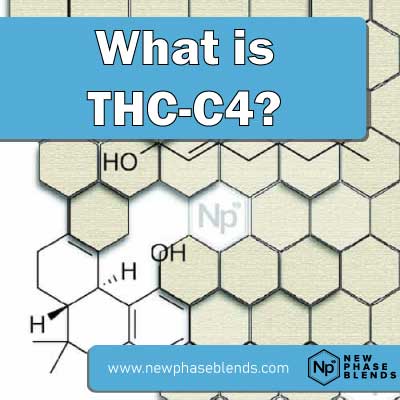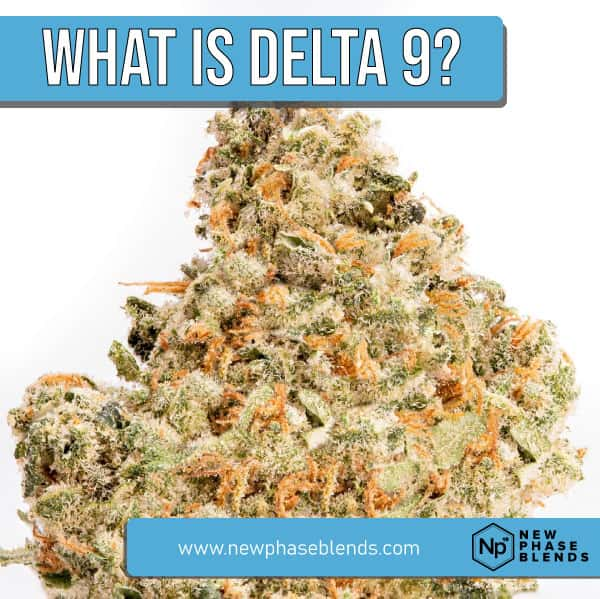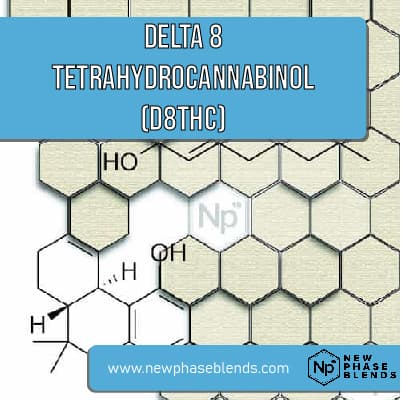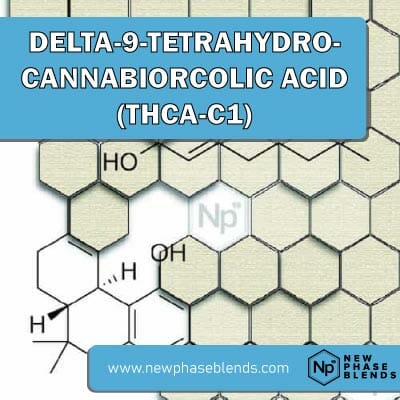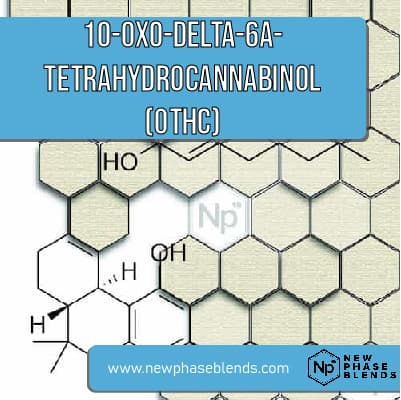Delta-9-tetrahydrocannabinol-C4 (THC-C4) is part of the Tetrahydrocannabinol (THC) class of cannabinoids. While THC is one of the most prominent cannabinoids (alongside CBD), many people don’t understand that there are several forms of THC, which leads us to the discussion of THC-C4.
What is Delta-9-Tetrahydrocannabinol-C4 (THC-C4, Δ9 THC-C4)?
Unlike Tetrahydrocannabinolic acid (THCa) which is a precursor of both Delta-9-tetrahydrocannabinol-C4 (THC-C4) and Delta-8-tetrahydrocannabinolic acid (Δ8-THCA), THC-C4 is more of an intoxicating compound just as well as it is also psychoactive.
As a psychoactive compound, it can interfere with brain functions by binding to the brain receptors and as an intoxicating agent. It is capable of causing disturbances to the brain functions such as consciousness, cognition, judgment, behavior, perception, etc. The reason for the high level of intoxication in Delta-9-tetrahydrocannabinol-C4 (THC-C4), is due to the process of heating Tetrahydrocannabinolic acid. This produces Tetrahydrocannabinol (THC), which is a homologue of Delta-9-tetrahydrocannabinol-C4 (THC-C4).
The medical benefits or use of cannabis plant dates back to almost 16 century B.C. by Greeks, Romans, and Egyptians. An extract of cannabis that contained THC metabolites was initially discovered inside a tomb located in Israel. It was found on the remains of a woman who apparently died giving birth.
Related: How Long Does Delta 8 THC Stay In Your System?
The archeologists who first discovered the tomb stated that cannabis extract apparently facilitated the birth process.
The structure of tetrahydrocannabinol was unknown until Gaoni and Mechoulam (1964b) isolated Delta 9-THC and used NMR to assign the double bond position and the transconfiguration. They also reported an optical rotation of [a]D -140-(chloroform). The absolute configuration of tetrahydrocannabinol was determined to be trans-(6aR,10aR)by comparison with d-(+)-glyceraldehyde and ()-CBD (Mechoulam and Gaoni, 1967b).
Nine THC-type cannabinoids are known today, although it is not certain if the C4-and C1-acids are the A and/or B acids.
How Does THC C4 Work?
Delta-9-tetrahydrocannabinol (also known as simply THC) is responsible for the intoxicating traits present in the cannabis plant
While we do not understand too much about THC C4 works, we can rely on studies from THC, and assume that interactions occur at the CB1 and CB2 receptors in a similar fashion.
These receptors make up what is known as the endocannabinoid system, and while we know a lot about it, there is still a lot to learn. In essence, these two receptors are responsible for how different cannabinoids function after being consumed. THC is extremely intoxicating, because it has a high binding affinity for the CB 1 receptor.
Therapeutic Benefits of Delta 9 THCC4
Unlike Delta-8 Tetrahydrocannabinol that binds to CB1 receptors and also present a lower psychotropic properties, Delta-9-tetrahydrocannabinol-C4 (THC-C4) possess psychoactive effects and a higher level of psychotropic potency. This means it is capable of acting as an anti anxiety agent.
As much as Delta-9-tetrahydrocannabinol-C4 (THC-C4) is an intoxicating compound, it has a calming effect without affecting clarity of consciousness or neurologic conditions thereby alleviating anxiety.
Delta-9-tetrahydrocannabinol-C4 (THC-C4) may be used to treat depressive and mood disorders.
Interesting Facts
Only on a handful of occasions has THC-C4 been extracted in an isolated form from cannabis plants. It occurs in much less amounts than THC or THCV does.
References
Gaoni, Y., Mechoulam, R., 1964b. Hashish. III. Isolation, structure, and partial synthesis of an active constituent of hashish. Journal of the American Chemical Society 86 (8), 1646–1647.
Mechoulam, R., Gaoni, Y., 1967b. Absolute configuration of D1-tetrahydrocannabinol, the major active constituent of hashish. Tetrahedron Letters 8 (12), 1109–1111.
Back to List of Cannabinoids



